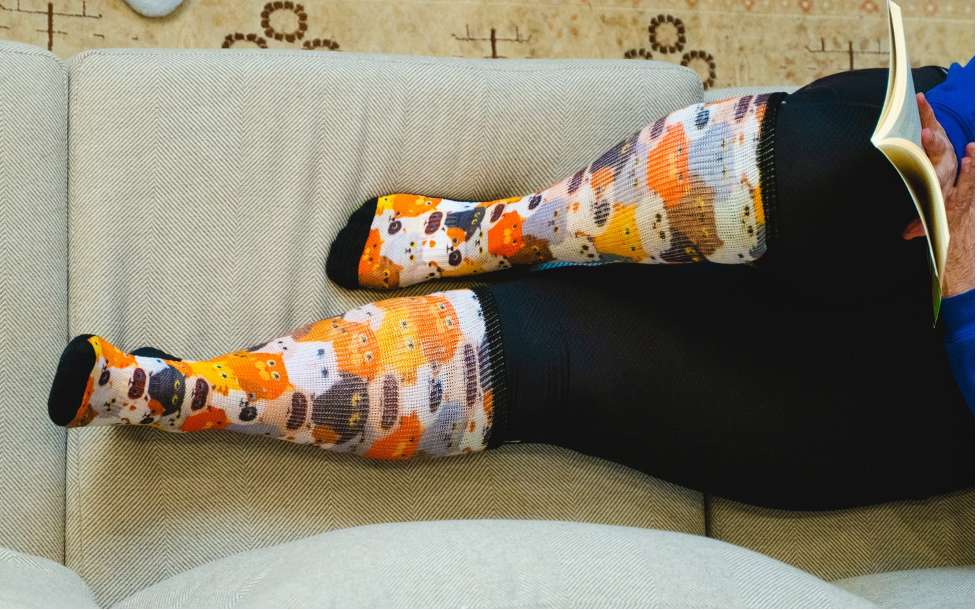Diabetes, a condition affecting millions globally, necessitates proper foot care. The health of one’s feet can significantly impact overall well-being, especially for those with diabetes. This article aims to delineate the distinctions between non-binding diabetic socks and diabetic compression socks, two specialized products designed for diabetic foot care.
Understanding Diabetes and Foot Health
Diabetes can lead to a range of foot-related complications, such as neuropathy (nerve damage resulting in loss of sensation) and poor blood circulation. These issues elevate the risk of foot injuries, infections, and, in severe cases, ulcers. Proper foot care, including the choice of appropriate footwear, is crucial in preventing these complications.
Non-Binding Diabetic Socks
Non-binding diabetic socks are specifically designed to reduce the risk of foot injury in diabetics. Unlike regular socks, they are:
- Looser: They do not constrict the leg or foot, preventing pressure marks.
- Moisture-Wicking: Helps keep feet dry, reducing the risk of fungal infections.
- Seamless: Minimizes irritation and blisters.
They are particularly beneficial for those with sensitive skin or neuropathy, where even minor irritation can lead to complications.
Diabetic Compression Socks
Diabetic compression socks, on the other hand, are designed to apply gentle pressure to the legs and feet. Their benefits include:
- Improved Circulation: They help blood return from the legs to the heart, reducing swelling and the risk of blood clots.
- Edema Control: Especially beneficial for those with swelling in the legs and feet.
- Varied Compression Levels: Available in different strengths for various needs.
They are ideal for individuals with circulatory problems or those who experience swelling and fatigue in the legs.
Comparing the Two
The primary distinction lies in their purpose: non-binding socks aim to reduce pressure and irritation, while compression socks focus on improving circulation and reducing swelling. Non-binding socks are generally safer for those with severe neuropathy or highly sensitive skin, where even slight compression may be harmful. Conversely, compression socks are more suited for those with circulatory issues.
Making the Right Choice
Choosing between these two types of socks depends on individual health needs. Those with a high risk of foot injuries and skin irritations may find non-binding socks more beneficial, while those dealing with swelling and poor circulation might prefer compression socks. Consulting with healthcare providers is crucial to making an informed choice that aligns with one’s specific health requirements.
Conclusion
Understanding the differences between non-binding diabetic socks and diabetic compression socks is vital for effective diabetes management. By catering to different aspects of foot health, each plays a crucial role in maintaining foot health in individuals with diabetes. It’s important to assess personal needs and seek professional advice in choosing the right type of sock for optimal foot care.




